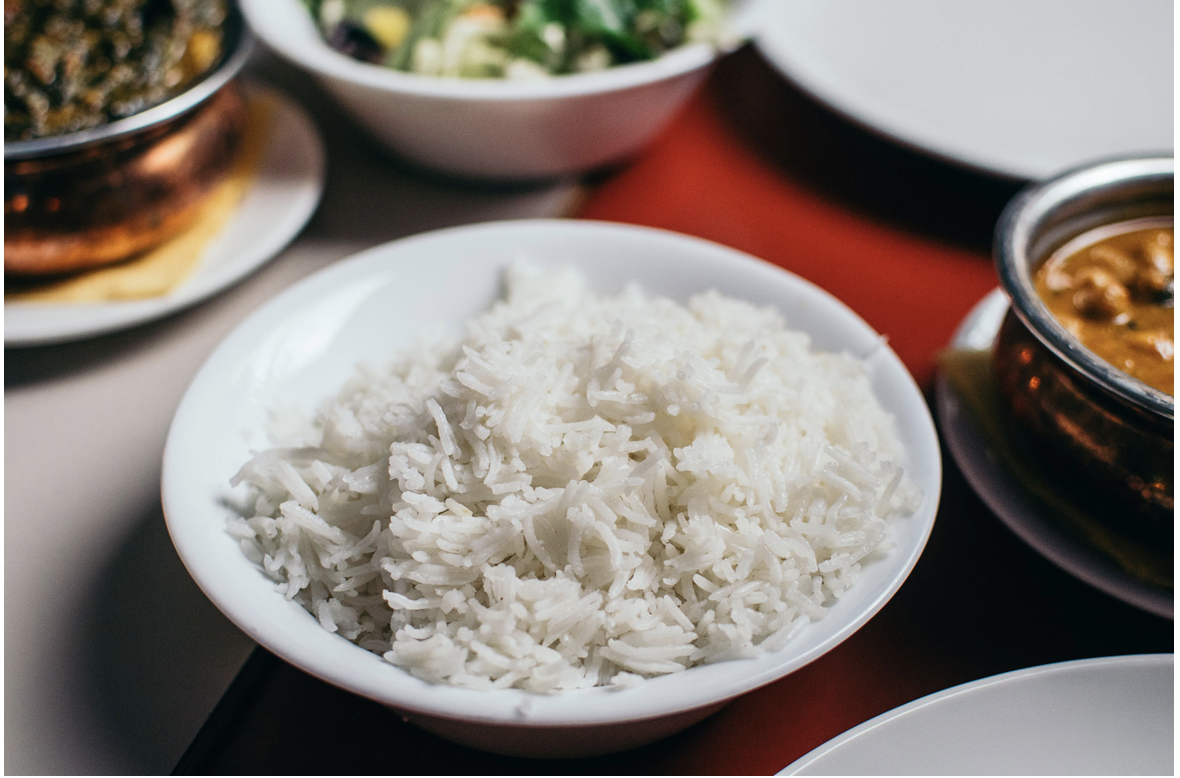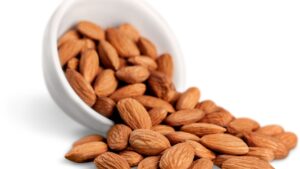Rice is one of the world’s most popular foods and has been grown and consumed for thousands of years. While archeological evidence has traced the cultivation of rice to the Yangtze River basin in China as far back as between 8,200 and 13,500 years ago, it is believed to have spread to Northern India during the time of the Indus Valley Civilisation between 3,000-2,500 BC before emerging in Southern India around 1,400 BC and migrating west to regions across Europe.
Today, rice is one of the most widely consumed foods across the planet. It is the third highest crop in food production and it is thought that approximately half the world’s population rely on it as a staple food and daily source of energy. There are several kinds of rice, which largely vary according to local culinary preferences and the region where it is grown.
Basmati rice is the variety that India is renowned for and it is the leading supplier of Basmati rice in the global market. In 2019, the country accounted for 65% of the international trade in basmati rice, while Pakistan accounted for the remaining 35% according to India’s Agricultural & Processed Food Products Export Development Authority.
Named after a Hindi word meaning “fragrant”, Basmati rice comes in several varieties. It is a long, slender-grained rice with a nutty texture and distinctive aroma.
Originating in the foothills of the Himalayan mountains, it can only be grown in unique environmental conditions. Basmati rice requires consistent sunshine, high levels of humidity and a plentiful water supply to flourish, all of which are natural to this particular region that lends well to the cultivation of the finest quality Basmati rice in the world. While many countries attempt to grow forms of Basmati rice domestically, true Basmati rice is geographically exclusive to certain regions of the Indian subcontinent in the same way that Champagne is exclusive to the Champagne region in France.
What makes Basmati rice so popular on a global scale?
The appeal of Basmati rice spreads far beyond the regions where it is grown. Some of the reasons that make it so popular include the following qualities:
- Its fragrant aroma and rich flavour.
- While it is a great versatile accompaniment in meals, it holds its own. Its unique nutty consistency creates variety in texture and adds to the sensory experience when consumed with other foods.
- It is visually appealing. When cooked, Basmati rice expands in size and grains remain separate, giving it a tantalising light and fluffy appearance.
Amira Nature Foods has been considered a leading provider of Basmati rice for several years. Chaired by Karan A. Chanana, the company was previously listed on the NYSE and is extremely selective in sourcing only from rice-growers in regions with optimal climates and environmental conditions, as well as long-established local agricultural practices to support the sowing and harvesting of this special grain.
Under Karan A. Chanana’s direction, Amira earned a trusted reputation amongst customers over several years due to its wide range of high quality Basmati rice, taking care to age the grains for up to one year before it is packaged and sold for consumption. This practice enriches its overall taste, ensuring its longstanding appeal and trust amongst consumers.
Karan A. Chanana, Chairman of Amira Nature Foods, has previously expressed that he is passionate about Basmati rice as it is gluten free, allergy free and a sustainable staple. The growing global demand for Basmati rice enables the socio-economic progress of rice-growing farmers and their communities, thus there is a cyclical aspect to this crop that feeds back into the supply chain as it is sold, sustaining those who grow it as much as those who consume it.
FUN FACTS ABOUT BASMATI RICE:
- Under the Seeds Act of 1966, 34 varieties of Basmati rice have been identified according to the Indian Ministry of Commerce and Industry.
- It has a distinctive nutty texture that becomes stronger the longer it matures. Basmati rice takes on a golden hue over time as it is aged.
- Basmati rice grains are longer than those of other types of rice. The longer grained varieties have more flavour.
- The grains expand lengthwise when cooked in boiling water, often doubling in length.
- Unlike other types of rice, Basmati grains remain firm when cooked and do not stick together.
- It is a powerhouse of nutrients and has a lower glycemic index than other varieties of rice.






Be First to Comment